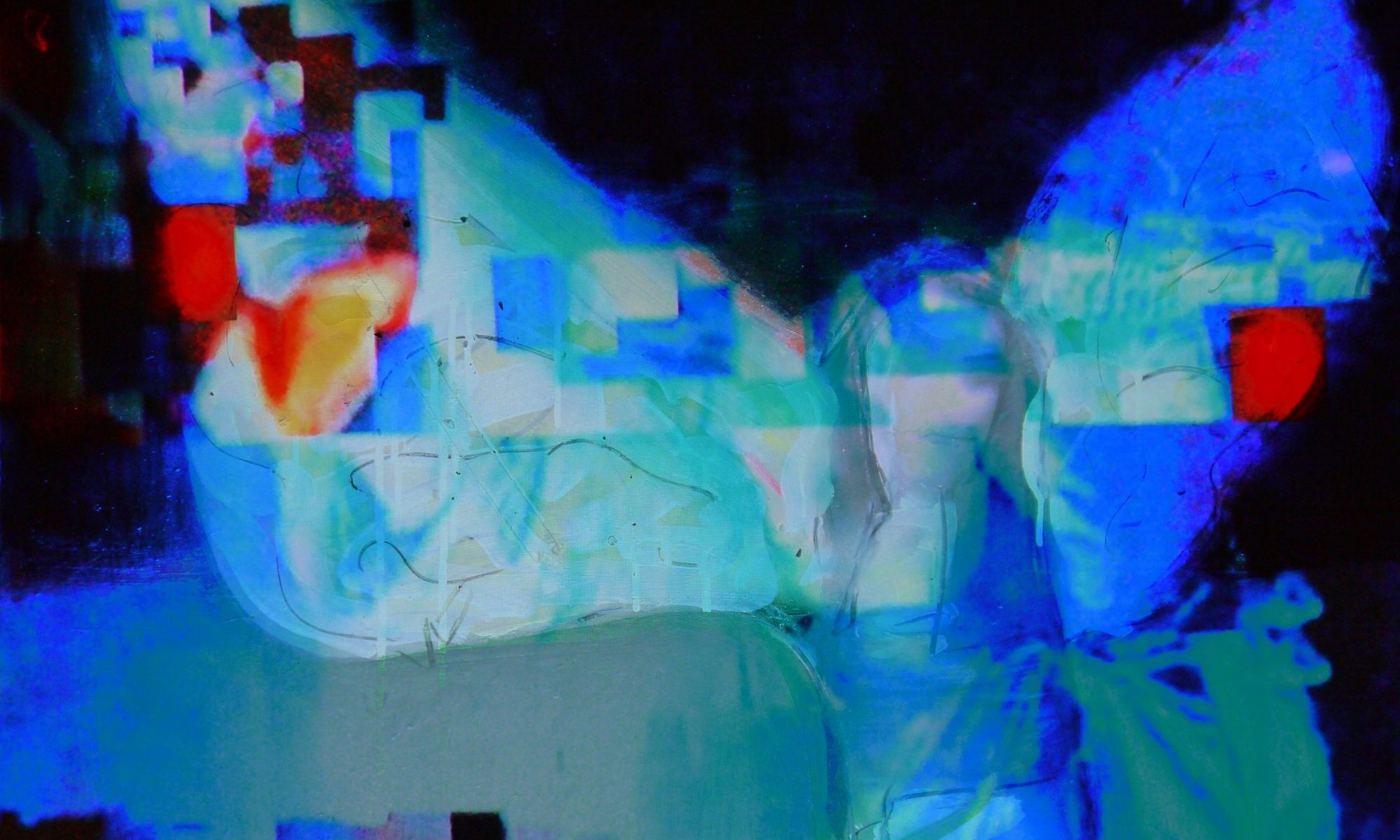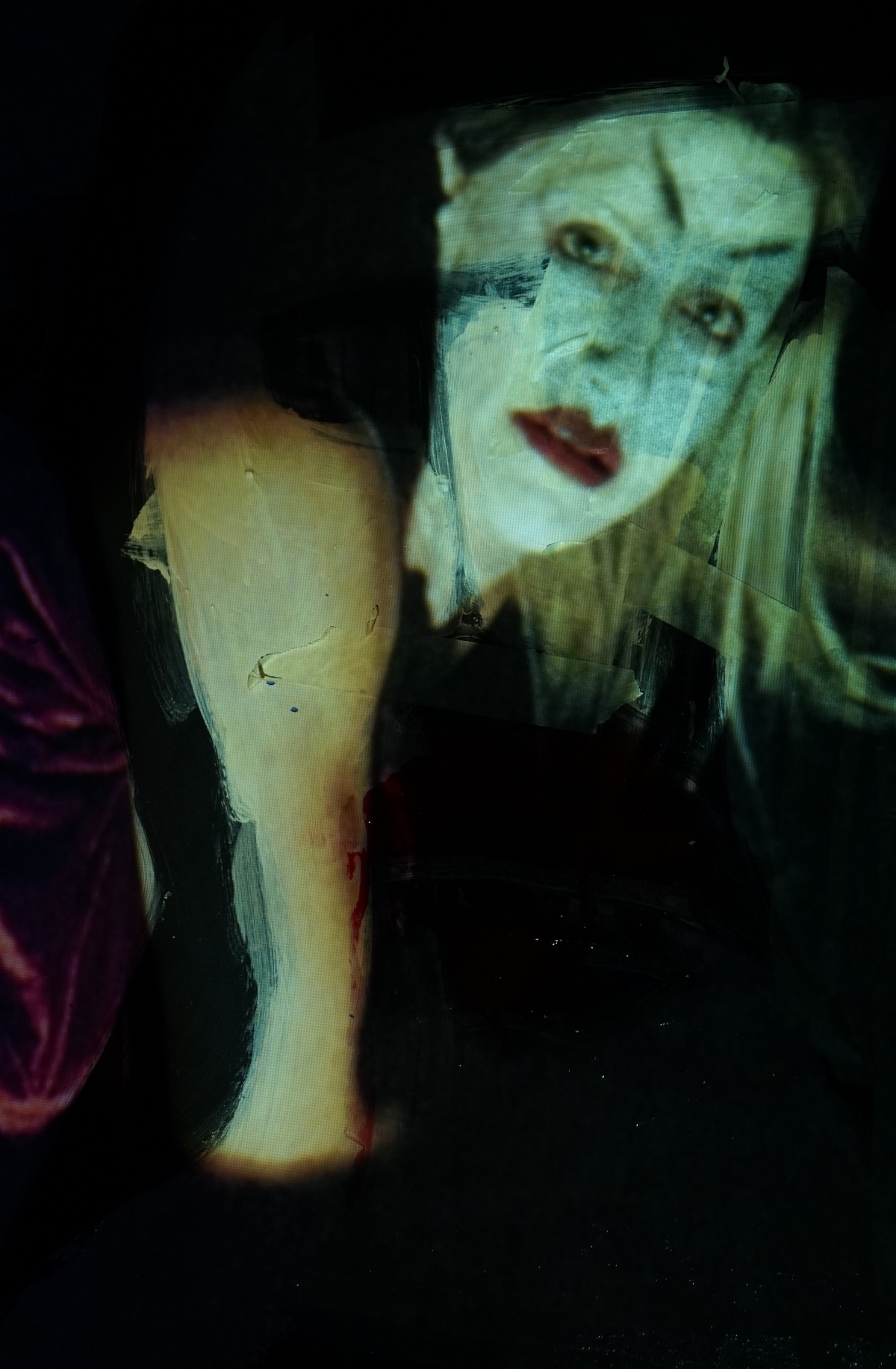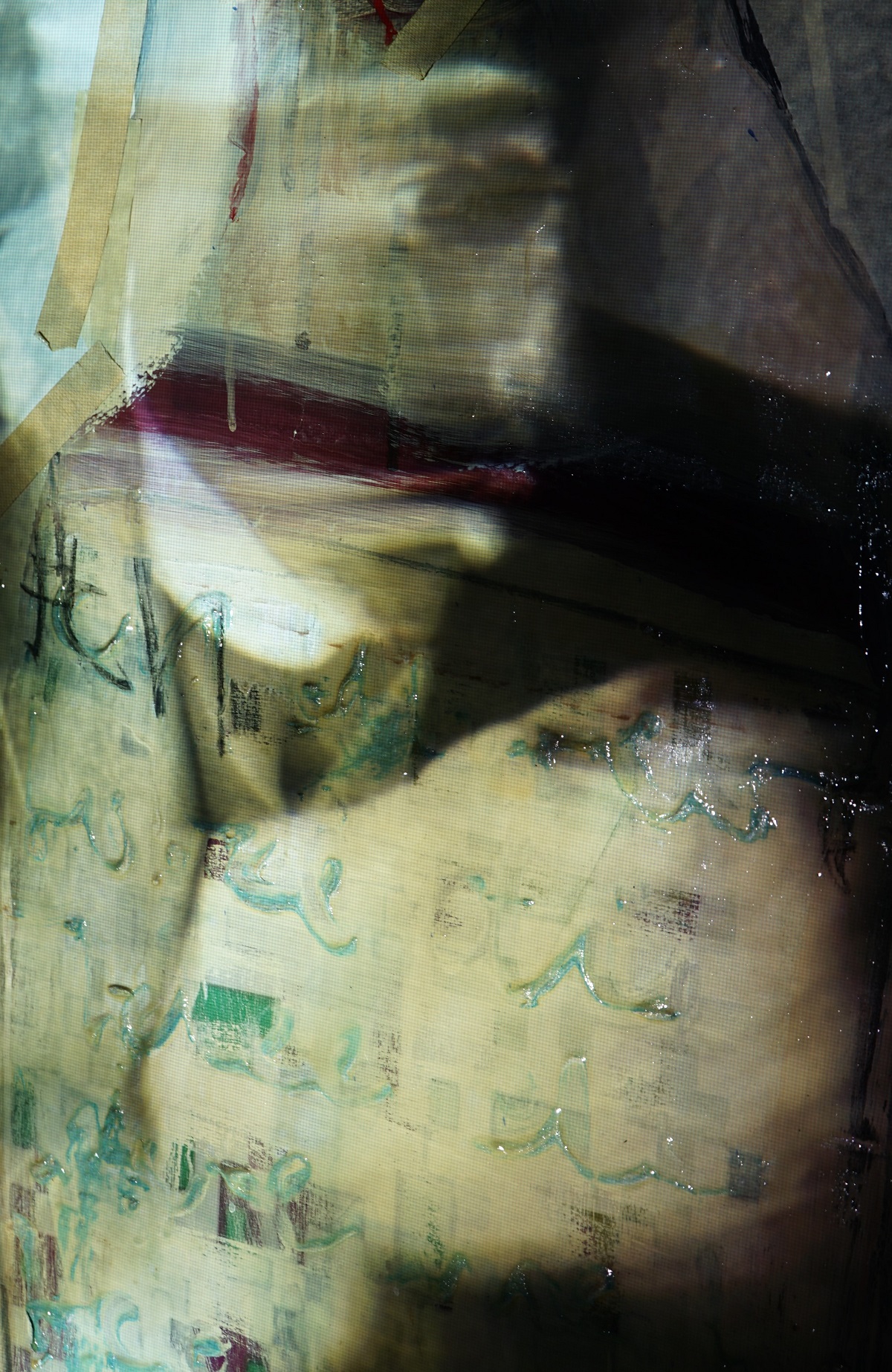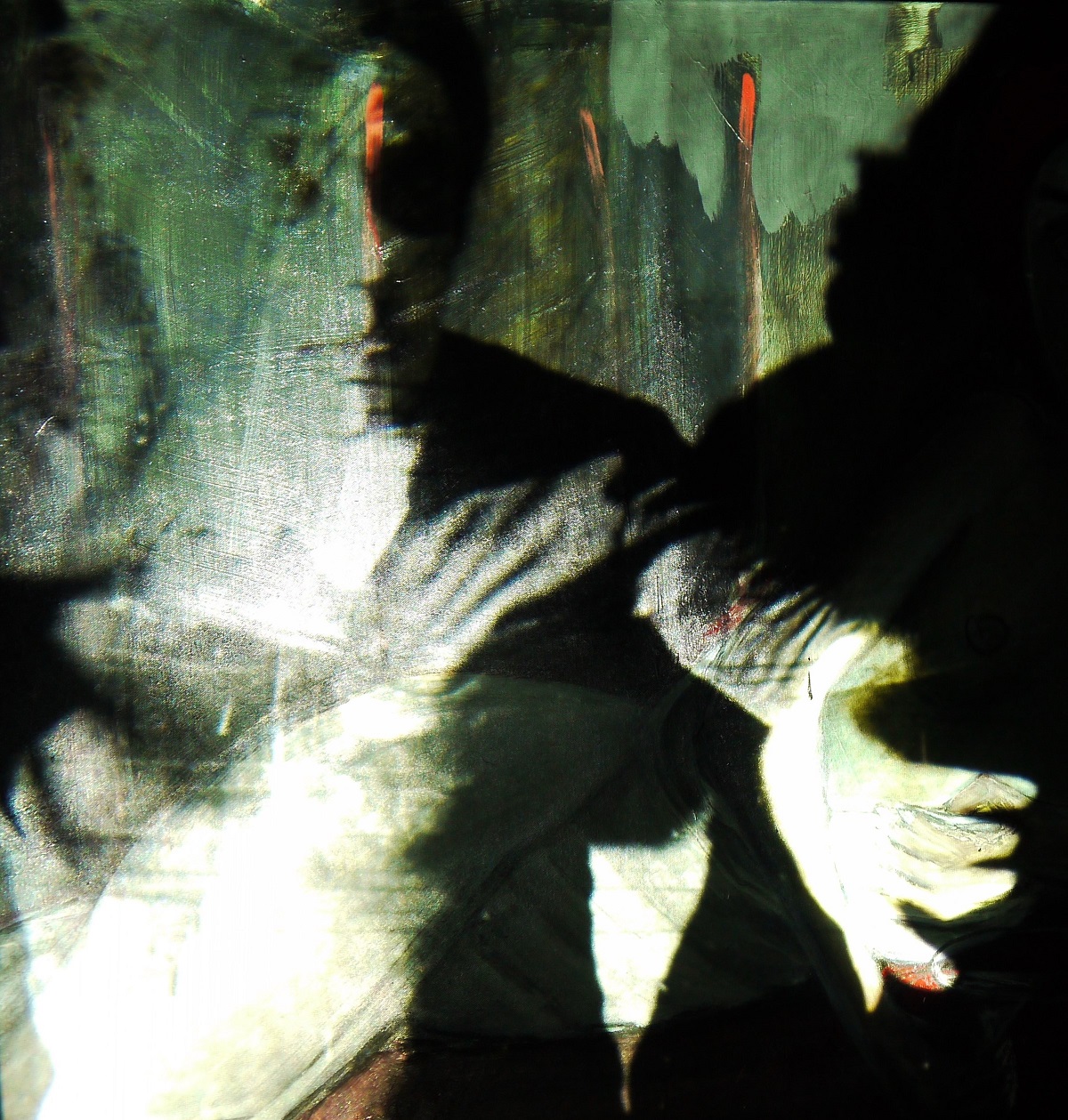At the beginning of 2017 we started to deal with Faust. Our goal was to find out what Goethe’s idea and message was behind the work. Finally, we had to realize that it was exactly as Goethe said: “but it is not an idea that underlies the whole and each scene in particular. It should indeed have been a beautiful thing if I had wanted to put such a rich, colourful and highly diverse life, as I had seen it in the ‘Faust’, on the thin string of a single continuous idea.”
New aspects can be found again and again and one is more and more enthusiastic about the consistent composition of the work. Roughly speaking, Faust I is about striving and the urge for knowledge and perfection within oneself; Faust II is about Faust and Mephisto taking different positions in society. Since it was not our intention to illustrate Faust in retrospect, we took the step of working on the theme for Faust III. What would Goethe have taken up in a porting into the present time as a great theme of our time? Since the first two parts dealt with different aspects of development, this central idea is to be continued. Development today takes place to a large extent in the digital world. The actual development gives way to self-dramatization; it is not necessary to take up real positions, it is sufficient to stage oneself in them. The Faustian striving gives way to the meaningless striving for more. Accordingly, we stage ourselves in the action-bearing figures of Faust and place this at the centre of our work. This is how we ended up with an illustration – but an illustration that does not come from the superficial scene, but is inspired by the depth of the work.




